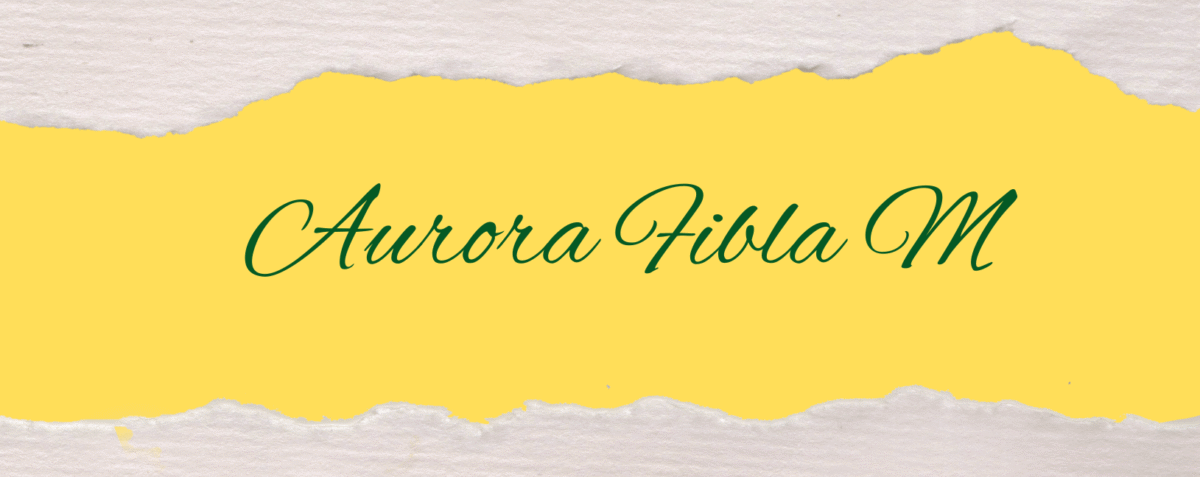This post is also available in: Spanish French Portuguese (Brazil)
 Knowing the gender of nouns in Spanish is complicated for English speakers. I remember a friend who told me that when she started studying Spanish at college, she decided not to continue with this subject because she would never understand how a pencil could be masculine and a pen feminine if both objects were for writing and had more or less the same elongated shape. Good reasoning, but as I always tell my students, languages are not an exact science where two plus two equals four.
Knowing the gender of nouns in Spanish is complicated for English speakers. I remember a friend who told me that when she started studying Spanish at college, she decided not to continue with this subject because she would never understand how a pencil could be masculine and a pen feminine if both objects were for writing and had more or less the same elongated shape. Good reasoning, but as I always tell my students, languages are not an exact science where two plus two equals four.
A basic rule is that nouns ending in ‘o’ are masculine and those ending in ‘a’ are feminine, but other rules and exceptions always complicate things, and there you have ‘la mano’ (the hand) and ‘el poema’ (the poem).
In the case of children
I teach Spanish to children between five and six years old whose native language is English. They have not yet systematized the use of articles el, la, un, and una, but they are already becoming aware of the differences. I haven’t mentioned the ‘o’ and ‘a’ rule to them, and I simply talk to them, correct them when they make mistakes, and we are starting to do systematization exercises in the form of games where they must write the article associated with the noun.
So, I present them with a picture, an object, they manipulate or observe them and must write the article on a small board with a marker, which they always like. When they are writing about a topic, the more advanced ones already ask me: Is ‘tortuga’ (turtle) ‘la’ or ‘el’?
In the case of teenagers and adults
Recently, a middle school girl, with whom I work as a tutor, asked me how Spanish speakers can learn ‘that’. Interesting question. In her case, as I always do with teenagers or adults, I advised her to pay attention to the article that accompanies the noun when reading, practice saying it aloud, and write it down.
I don’t think there’s just one way to learn the gender of nouns in Spanish, but without a doubt, associating it with the corresponding article through observation and practice is a good tool.
I leave you with a practice exercise below.
This post is also available in: Spanish French Portuguese (Brazil)
